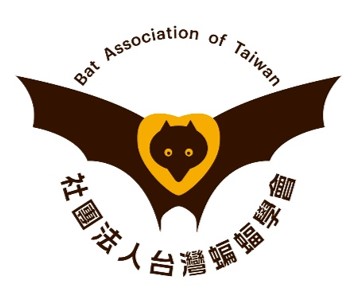蝙蝠研究
2007_金黃鼠耳蝠於雲林地區的棲所選擇_張恒嘉
出版年份:2007
研究生:張恒嘉
分類:碩士論文
題目:金黃鼠耳蝠於雲林地區的棲所選擇
Title:Roost Selection of Myotis formosus flavus in Yun-lin
摘要:
於2006年的4月至8月期間,於雲林地區擇選的186個樣區,以排遺檢視及目視計數法調查金黃鼠耳蝠的棲所選擇。其中,有25個樣區曾出現3隻以上的金黃鼠耳蝠棲群。空間分析顯示棲群的地理分布呈叢聚式,數量較高的部份棲群樣區有聚集的現象。所有棲群樣區海拔低於45m,坡度低於1.42°。與鄰近對照樣區比較的地景要素有11項,分別是最近畜牧區距離、最近水源區距離、最近建築物距離、林緣長度、水線長度、樹林數量,以及建築物面積、樹林面積、疏林面積、水域面積與農墾地面積。樹林面積較大與林緣長度較長之特徵,以及水域面積較大之特徵,為決定棲群樣區出現與否的重要成份。棲群樣區特徵主要分為4類,分別是樹林與建築物面積較大之特徵,疏林面積較大之特徵,距離畜牧場較近之特徵,以及距離水源較近之特徵。以棲樹與非棲樹比較,金黃鼠耳蝠傾向棲息在白玉蘭、欖仁及黃槿等樹種。棲群樣區中心棲樹傾向出現在樹高較高、胸高直徑較長、葉面積較大與樹冠覆蓋度較高的樹木,棲所方位則接近南方。避免開發金黃鼠耳蝠棲群樣區地景,維持棲群樣區內高大成熟的樹林,不砍伐樹木與不修剪樹冠,對金黃鼠耳蝠有益。
Abstract:
During April to August in 2006, roost selection by Myotis formosus flavus was studied at 186 selected sites in Yun-lin. Sites were determined by the examination of fecal remains left on the ground and through direct visual observation. Group size larger than 3 were documented in 25 of the study sites. Spatial analysis showed that their geographical distribution pattern was clumped, and that some of the large groups were concentrated. All roost-sites were lower than 45m in altitude and 1.42° in slope respectively. Eleven landscape elements, including the distance to the nearest pasturages, distance to the nearest buildings, distance to the nearest permanent water, perimeter of woodland, length of stream, number of adjacent woodland areas, and the area of buildings, woodland, reclaimed land, area of water and arable land, were chosen to compare with the nearby control sites. Area and perimeter of the woodland, and area of water were the principal components that best explained the presence or absence of roost-sites in the study sites. Four major landscape characteristics were found to be associated with the presence of the roost-sites, they are 1) larger woodland area and buildings, 2) larger reclaimed land, 3) closeness to pasturages, and 4) closeness to water. In comparison of roost trees with non-roost trees, M. f. flavus preferred to roost in Michelia alba, Terminalia catappa and Hibiscus tiliaceus. Central roost trees of roost-sites were taller, with larger DBH and leaves, and denser canopy than non-roost trees. Most roosts were found on the south side of the trees. Preventing the exploitation of the landscape around their roost- sites, maintaining mature and tall hardwoods, and inhibiting logging and crown pruning will be beneficial for M. f. flavus.
